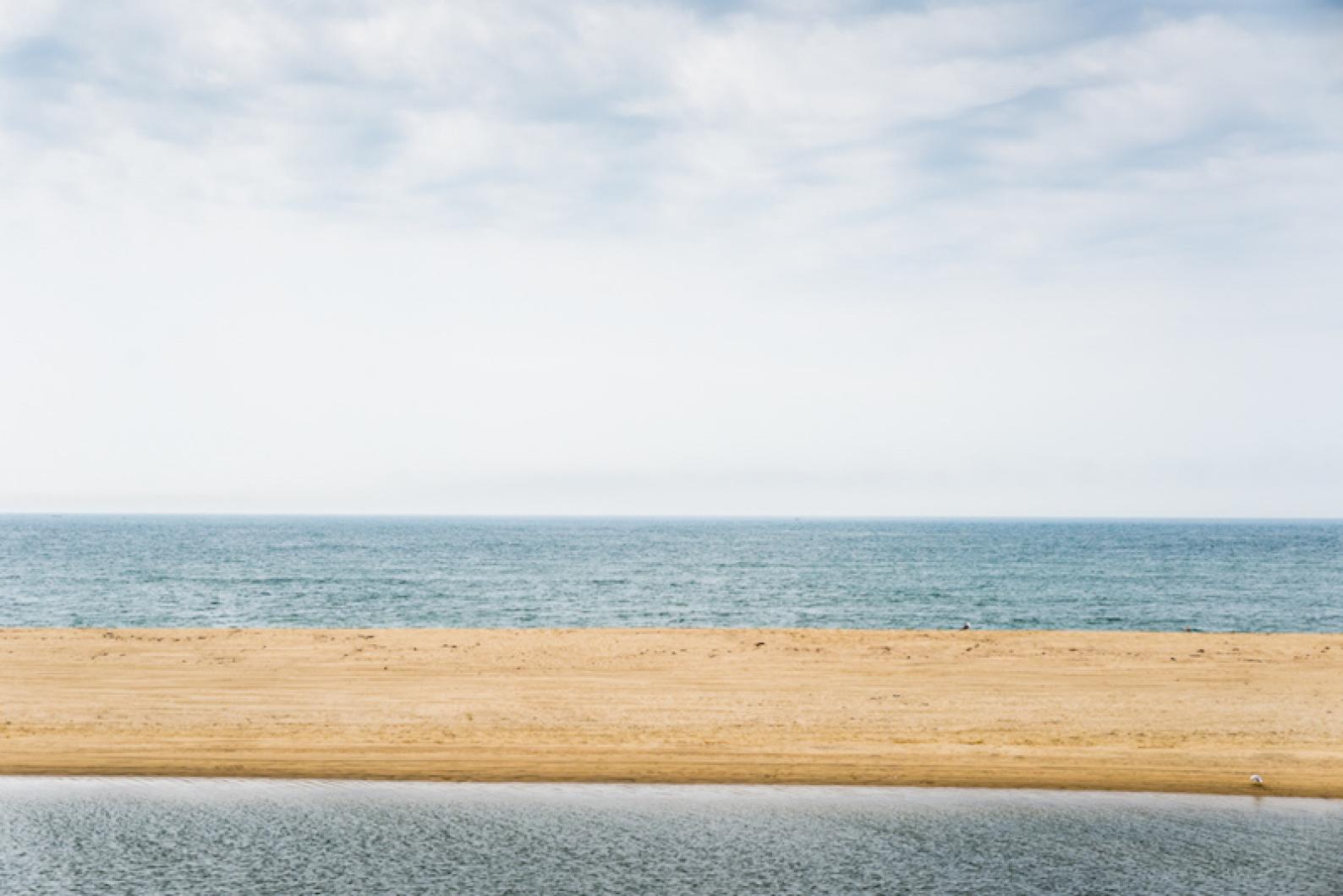A Jan. 1, 2020 construction start date for the first phase of Vineyard Wind’s project to build an 84-turbine offshore wind farm south of Martha’s Vineyard is now in serious jeopardy after a federal agency said Friday that it has indefinitely delayed the release of a final environmental impact statement (EIS).
A spokesman for the Bureau of Ocean Energy Management (BOEM) said in an email that the agency now plans to expand its environmental review to include the cumulative impact of all American offshore wind development programs.
While Vineyard Wind’s 800-megawatt project will be the nation’s first industrial-scale offshore wind development, BOEM has also auctioned off nearly a dozen other lease areas in New York, Rhode Island, Maryland, Virginia and North Carolina — as well as Massachusetts — since the inception of its renewable energy program in 2013.
BOEM, the federal agency charged with both auctioning off lease areas as well as regulating them, called Vineyard Wind and Gov. Charlie Baker’s office on Friday to inform them of the delay and the expanded review process.
“Comments received from stakeholders and cooperating agencies requested a more robust cumulative analysis,” BOEM spokesman Tracey Moriarty said in an email. “Considering such comments, and taking into account recent state offshore wind procurement announcements, BOEM is expanding its cumulative analysis of projects within its draft Environmental Impact Statement (EIS) to also include projects that have been awarded power purchase agreements, but may not have submitted Construction and Operations Plans (COPs), and potential scenarios based on state procurements that are expected to be awarded.”
A draft EIS for the Vineyard Wind project was released early this spring. Wind farm developers have been pushing the federal agency to release the final statement, but instead there have been delays, with the most recent delay announced Friday. Disagreement among other federal stakeholders over mitigation for the fishing industry, including NOAA and the National Marine Fisheries Service, led to the delays.
Without an EIS, wind developers cannot finalize permitting with the U.S. Army Corps of Engineers.
Vineyard Wind plans to build the wind farm in two phases, with phase one, also called Vineyard Wind 1, set to go online by 2021, and the second phase set to go online by 2022. The company recently signed utility contracts that require it to go online by Jan. 15, 2022.
In order to take advantage of substantial investment tax incentives and navigate difficult supply-chain logistics, Vineyard Wind had planned to start construction on the project by the start of the new year.
But this most recent delay puts that deadline in flux. A statement issued Friday by Scott Farmelant, a spokesman for Vineyard Wind, signaled uncertainty.
“The federal government’s decision to further delay the approval of the FEIS for the Vineyard Wind 1 project comes as a surprise and disappointment,” the statement said. “While we appreciate that the discussion on cumulative impacts is driven by rapid growth of the industry beyond our project, we urge the federal government to complete the review of Vineyard Wind 1 as quickly as possible . . . Even though today’s decision will delay development of American offshore wind projects, Vineyard Wind remains deeply committed to the emerging industry’s success.”
He also said Vineyard Wind 1 is still on track, even if it cannot reach its Jan. 1, 2020 start date.
“To be clear, the Vineyard Wind 1 project remains viable and continues to move forward,” the statement said.
Ms. Moriarty said in her email that the rapid growth of offshore wind energy developments has led to the need to evaluate offshore wind projects from a cumulative, rather than individual, perspective.
“Because BOEM has determined that a greater build out of offshore wind capacity is reasonably foreseeable than was analyzed in the initial draft EIS, BOEM has decided to supplement the draft EIS and solicit comments on its revised cumulative impacts analysis,” she wrote.
Ms. Moriarty would not speculate on when the final cumulative impact statement would be completed.
“We are focusing on the supplemental EIS, and not yet prepared to set a schedule for the final EIS,” she said in an email.
Cong. Bill Keating issued a statement late Friday criticizing the Trump administration for throwing up roadblocks to a progressive clean energy project that will bring jobs to southeastern Massachusetts.
“Twenty per cent of our energy was anticipated to come from offshore wind by 2035. All this is in jeopardy now,” the statement said in part.
A request for comment from Governor Baker’s office was not immediately returned. Governor Baker has made investment in offshore wind a central tenet of his green energy platform, and he traveled to Washington last week to meet with the Secretary of the Interior in an attempt to push the Vineyard Wind project.
Although the project was approved unanimously by the Martha’s Vineyard Commission this winter, the Edgartown conservation commission voted to deny the project after hearing concerns from local fishermen. Vineyard Wind has appealed the decision to the Massachusetts Department of Environmental Protection.







Comments (16)
Comments
Comment policy »